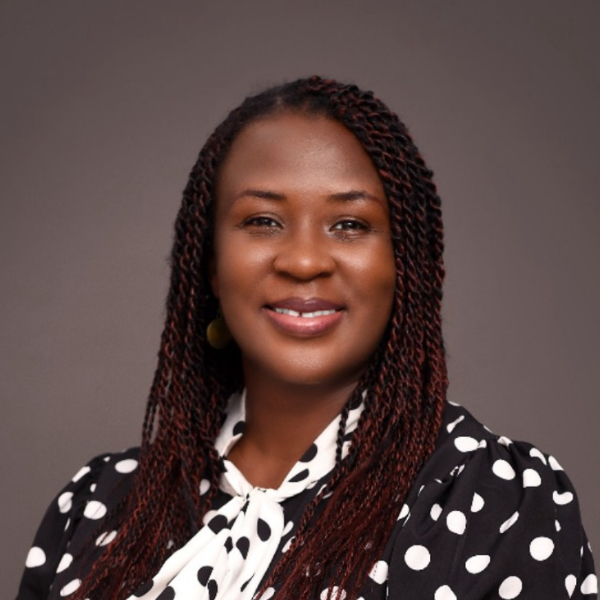The most resilient structures are not poured from a single, unbroken mold; they are intelligently engineered, with expansion joints that allow them to withstand pressure. The story of Ebun Ejirinde Emelogu is not a fairytale of entrepreneurial triumph, but a case study in architectural design—where every personal and professional fracture was integrated into the blueprint for Dixon & Ricks, a consultancy built not on generic models, but on the very science of human capacity.
Her foundation was laid early, not in business school, but in the shadow of her mother’s professional life. This early blueprint was shattered at 17 by grief, a seismic event that forced her to build with different materials: survival and skill. Her multilingualism became her first load-bearing wall, supporting her through freelance work and into the corporate world. Each role—from personal assistant to relationship officer—was not a job, but a phase of intensive research and development, providing her with a complete dataset on organizational mechanics, customer experience, and the critical points of failure within professional systems.
The most significant design challenge emerged with motherhood. Being fired during postpartum depression was not a setback; it was the discovery of a fundamental flaw in the existing “corporate architecture” for women. She identified a vulnerable junction where traditional structures failed to accommodate the load of maternity, leading to catastrophic professional collapse. This personal system failure became the core insight for her future venture: organizations need bespoke, flexible frameworks to retain and grow their human capital.
When she launched Dixon & Ricks in 2016, she was not selling consulting services; she was offering a new architectural standard. Her firm became the embodiment of “bespoke solutions,” addressing the unique structural stresses that generic models could not. The Y.A.P Career Centre, for instance, is a prefabricated solution to the national skyscraper of youth unemployment, while her language programs are reinforcement for the weak foundations in many graduates’ skill sets.
Her admiration for Aliko Dangote is telling; she does not see a billionaire, but a master architect of a conglomerate. She is replicating this not in cement, but in human potential, building a holding company of subsidiaries dedicated to strengthening the continent’s human infrastructure.
Emelogu’s journey is a masterclass in converting personal liability into corporate equity. The grief, the dismissal, the isolation—each was a stress test that informed a more resilient business model. She did not overcome her challenges; she reverse-engineered them, building an enterprise that is, in essence, a scalable, profitable answer to the very problems that once threatened to break her. Her company is the proof that the most enduring ventures are built by those who have learned to design from their own scars.

